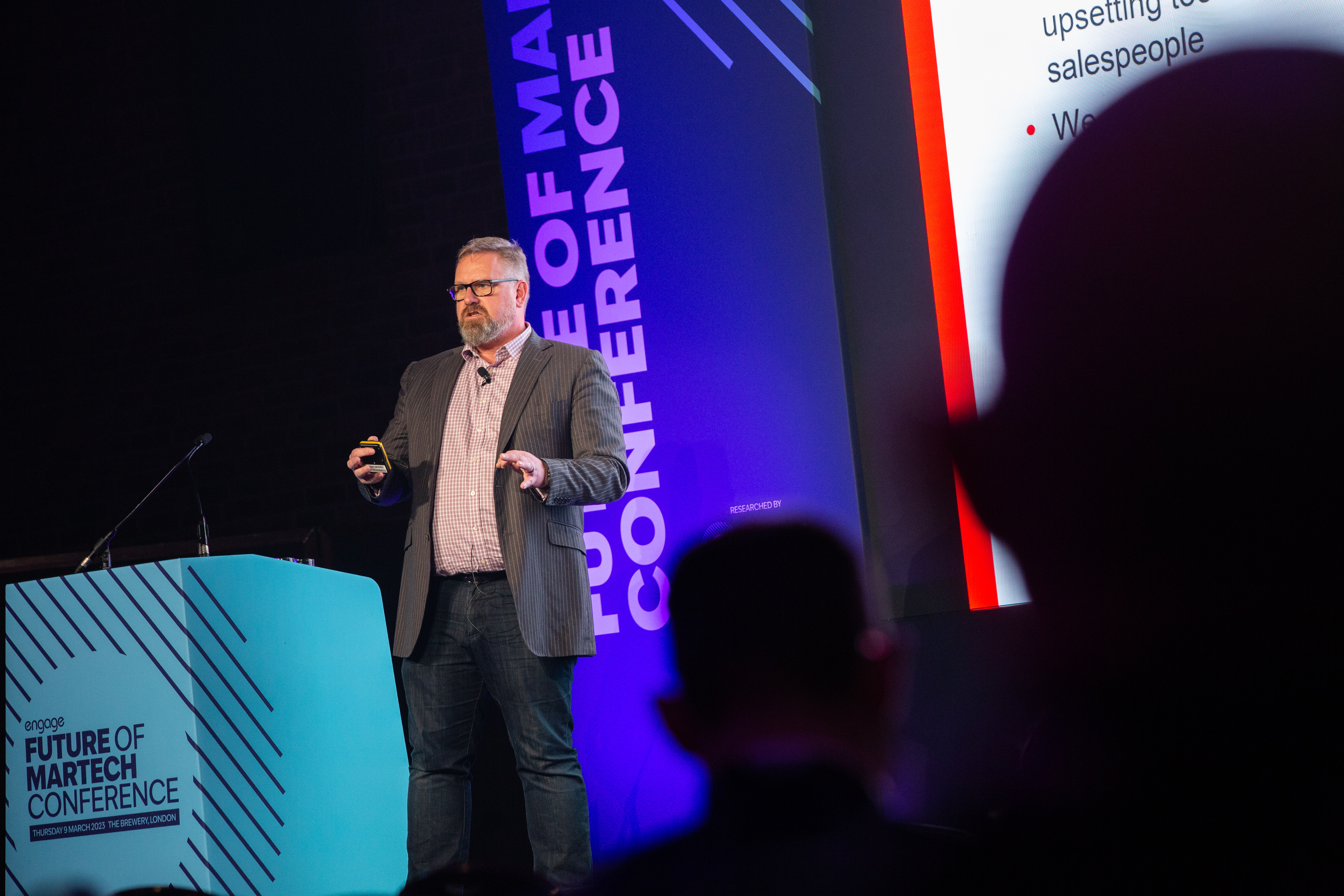PRICING: REFLECTING VALUE, OR DESPERATION?

Marketing Technology may enable 24-hour online markets, but when it comes to considering how to measure or price products and services in any market, David Hood - Founding Director of the Edinburgh Institute – argues that there is a need to go back to marketing basics to consider customer perceptions.
Ever wondered if your organisation is charging the right Price for what it delivers? Have you considered that what it is charging for, is actually not what is received? Your income depends on this...
Let’s consider the idea of a 'Goldilocks Price' previously - some calculations and a resulting figure charged for a product or service that is neither too low nor high, nor cheap nor expensive, and feels 'just right'. Where the organisation is happy and feels somewhat comfortable that it has settled on 'precisely' the correct price.
You won't be surprised to find that almost no-one is confident how they price up their offer, nor wholly happy with the resulting (and often confusing) range of prices they ultimately charge. This may quickly change later, as they don't have the confidence or evidence that their 'best price' has been established or is attractive.
Why is this so? Surely, we all have an advanced notion of what our products and services are worth in our markets, don’t we? Haven’t we all got a process we are confident to use that logically dictates what we charge? After all, pricing has been one of the 'Ps of Marketing' for so long now. So surely, we must have a sophisticated, robust and complete understanding of how to price correctly?
Measuring the wrong things
No, we do not. The reason is in large part that we are looking at pricing in the wrong way and measuring the wrong things:
- We focus on presumed purchasing 'benefits' - often just promotional gimmickry - rather than real, received, substantive operational
- Our pricing process takes its lead from our wish to profit, rather than the market's needs or the 'profit' attributed to their use of our product or service (however measured by them)
- The metrics employed - the currencies if you will - is ALL WRONG.
So how are the metrics at fault? Surely what we have always done still works (as everyone does the same?). There are industry-standard practices and expectations. Plus, isn’t there a standard way to price that even our toughest customers and competitors grasp and accept as the norm?
That is precisely the problem! "We do what we have always done, and always get what we've always got." Yet, curiously, we expect the results to be different.
We price in the way we, and the sector, always has - so we end up with wholly arbitrary pricing calculations set by 'tradition' rather than by value received How odd, and what a missed opportunity! As Woody Allen said, 'tradition is the illusion of permanence.' I say tradition is also an illusion of performance.
Examples of wrongful metrics and charging
- 'Per-seat' pricing (e.g. in IT and software, passenger journeys (or any other 'per' calculation - this is the 'road to per-dition');
- Relative pricing based on our competitor's positioning (not our own). Therefore, the market will never be 'ours', we will just continue to be a passenger in the market, never the driver or disruptor;
- How much time we allocate to a project, product/service, or Client (time-on-the-job, 'presenteeism' / attendance, etc. - all are used as a surrogate for careful, meaningful value deliberation);
- How much a 'deliverable' component, or whole product or service, marginally contributes to profit; along with cost-plus, cost-based, cost-accounting methods - all standard accountancy methods used in pricing are contrary to proper and logical pricing and a major hurdle to competitiveness and differentiation;
- What our shareholder(s) / owner(s) expect or demand (nothing to do with the customer or market-value);
- Arbitrary targets - financial, throughput, 'turnstile', churning, and 'results reporting' (monthly, quarterly, annual, etc.) - all skew pricing and mean that the quest for true value and sensible, better, pricing is evermore fruitless;
- Comparing what we do and are, to others in the market, that are in no way comparable to us (exemplified in ridiculous, bland, serial benchmarking);
- Calculating price in the same way as others is not being competitive, it is being bland at best, and commodifying your organisation and offer at worst;
- Charging based on inputs and effort, not on outputs and absolute value is counter-productive ('this was difficult to create and deliver for us, so let's charge more (or) it was easy, so let's drop the price, have a race to the bottom, a war of attrition in the market and be a poor competitor')... etc... Desperation.
Customer’s currency
If only they adopted their customer's currency. Therein lies the essence of a massive opportunity to do things differently! Just because some metric seems easy to use and calculate doesn't make it right. Pricing needs to be judged on value delivered, not on effort, margins, per-this-or-that, or other arbitrary and meaningless calculation. Remember, the user - the presumed 'beneficiary' does not often work with the same calculation or currency as you and calculates 'value' very differently.
Ignore it at your peril! So, it is clear that traditional pricing methods are not serving organisations well. The focus on presumed purchasing benefits, profit-driven pricing processes, and the use of wrong metrics have resulted in arbitrary and meaningless calculations. It's time to shift the focus to the value delivered rather than effort, margins, or standard practices. Understanding that the customer calculates value differently is crucial, and ignoring this fact could lead to perilous consequences. It's time to embrace a new approach to pricing that truly reflects the value received.
By David Hood is Founding Director of the Edinburgh Institute, a competitive advantage specialist and marketing strategist, author of 'The Marketing Manifesto' and 'Competitive SME’ and crafted the first market-need deductive process.



